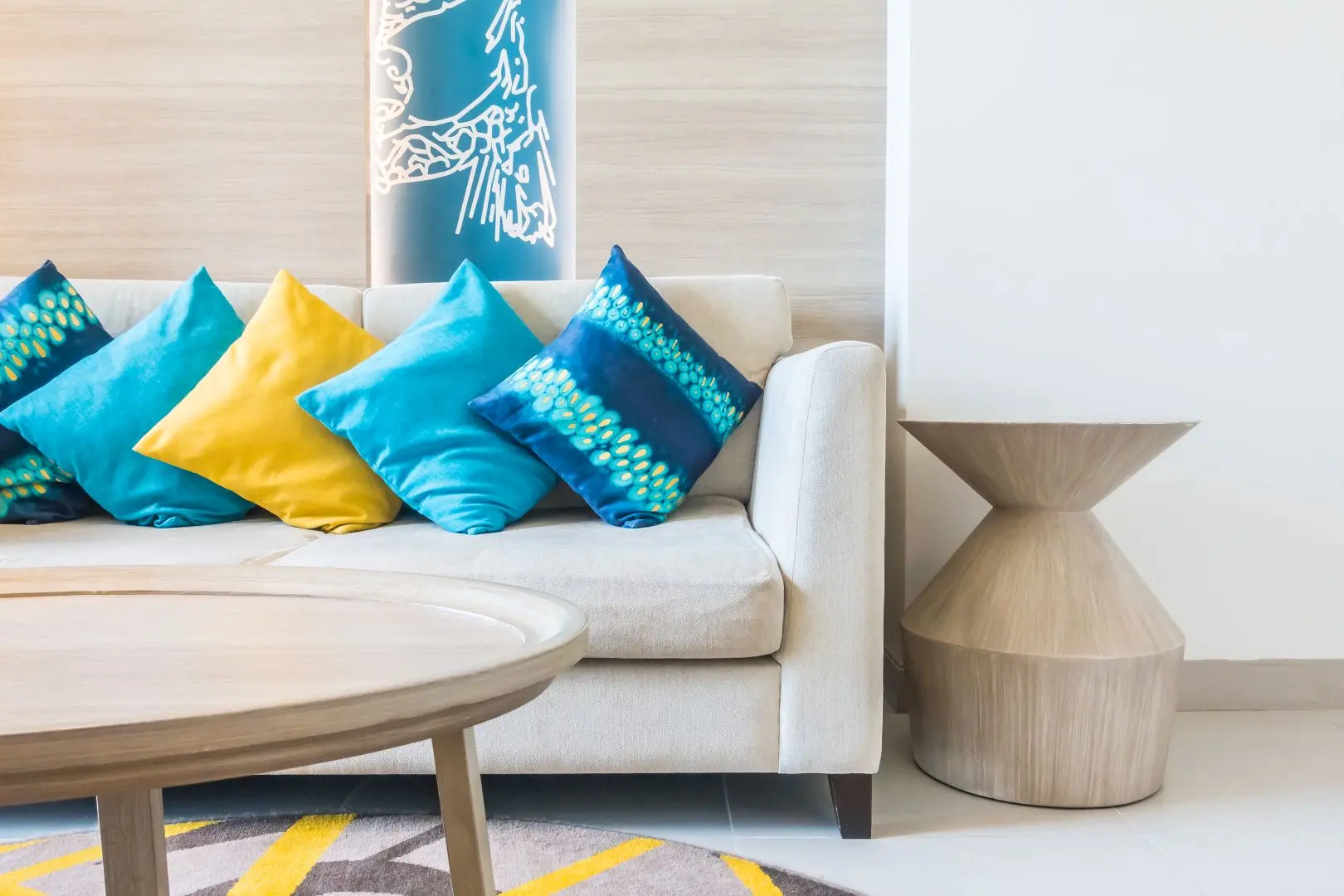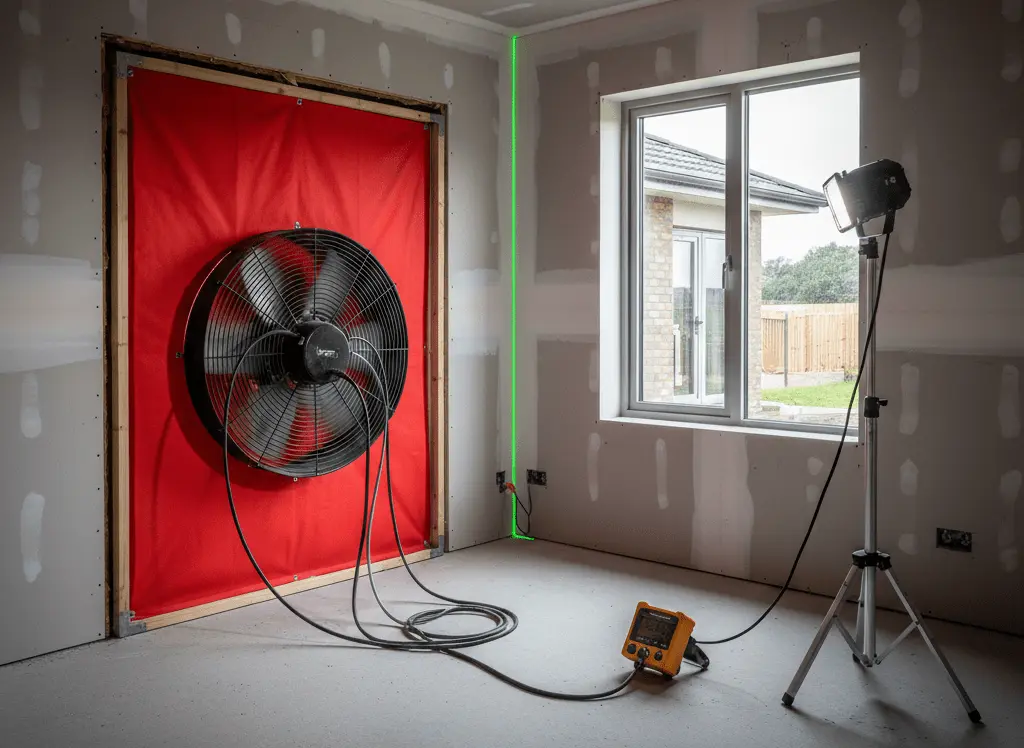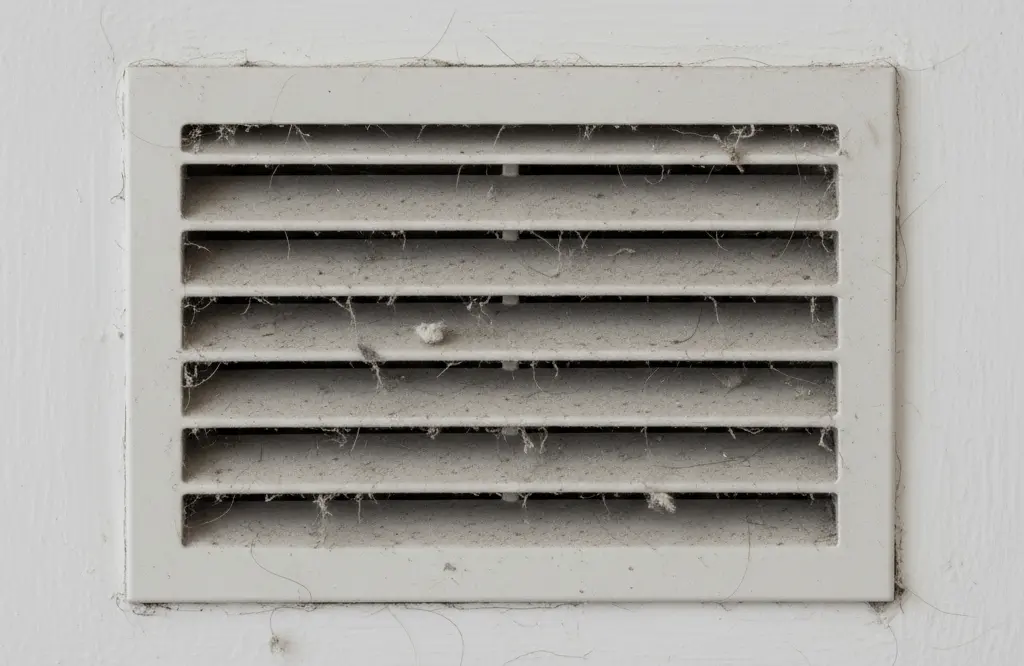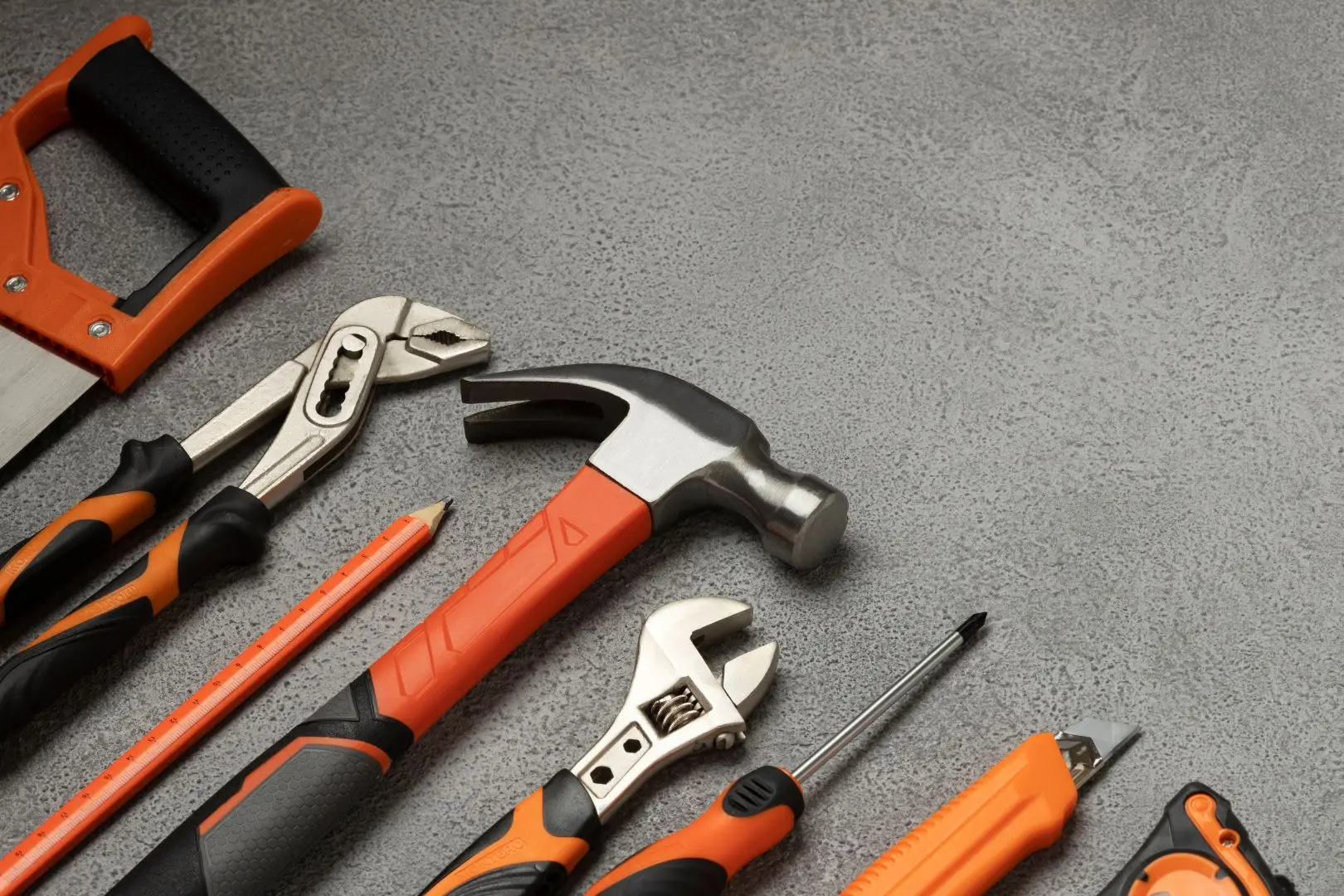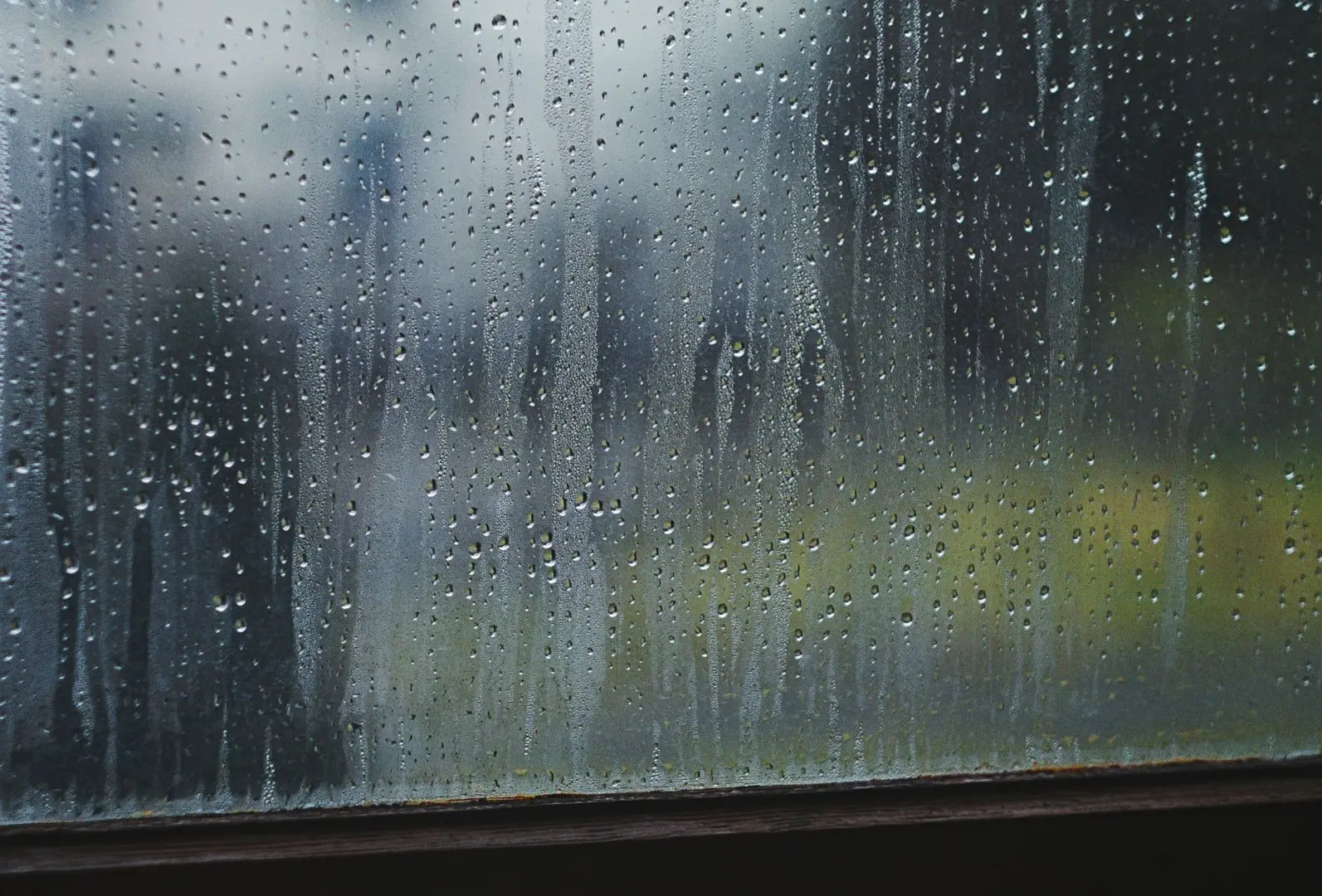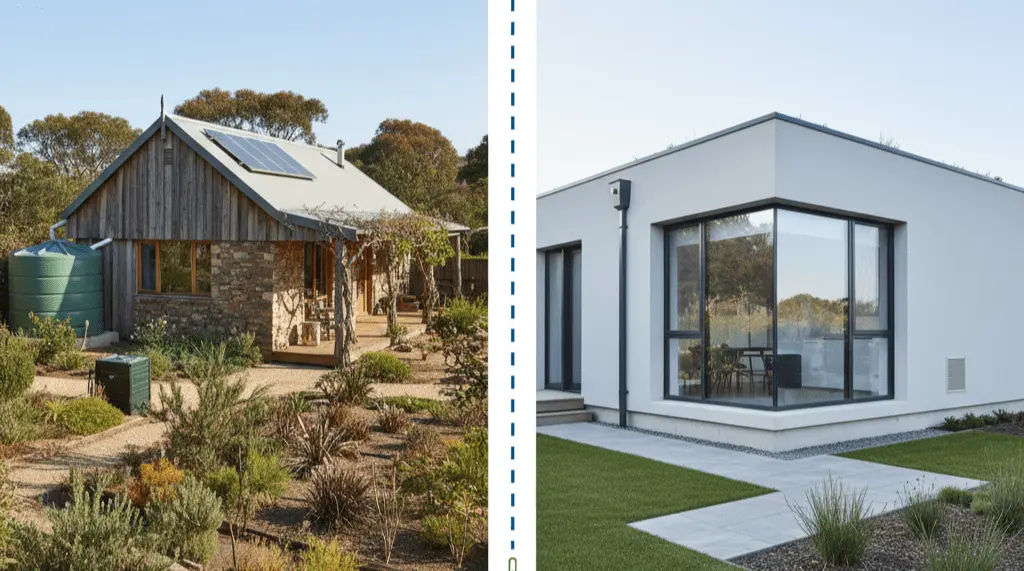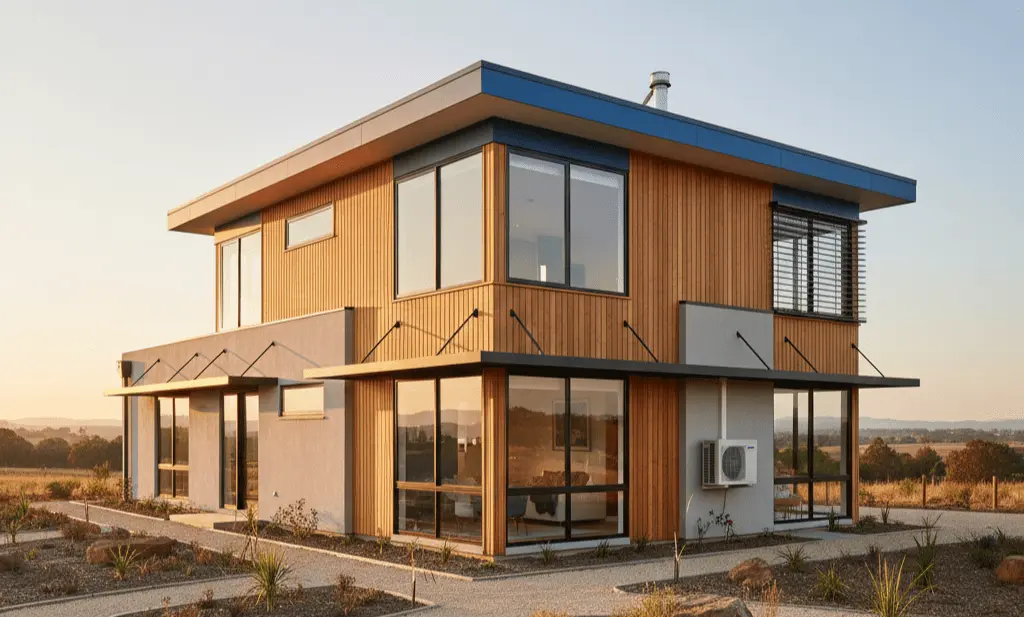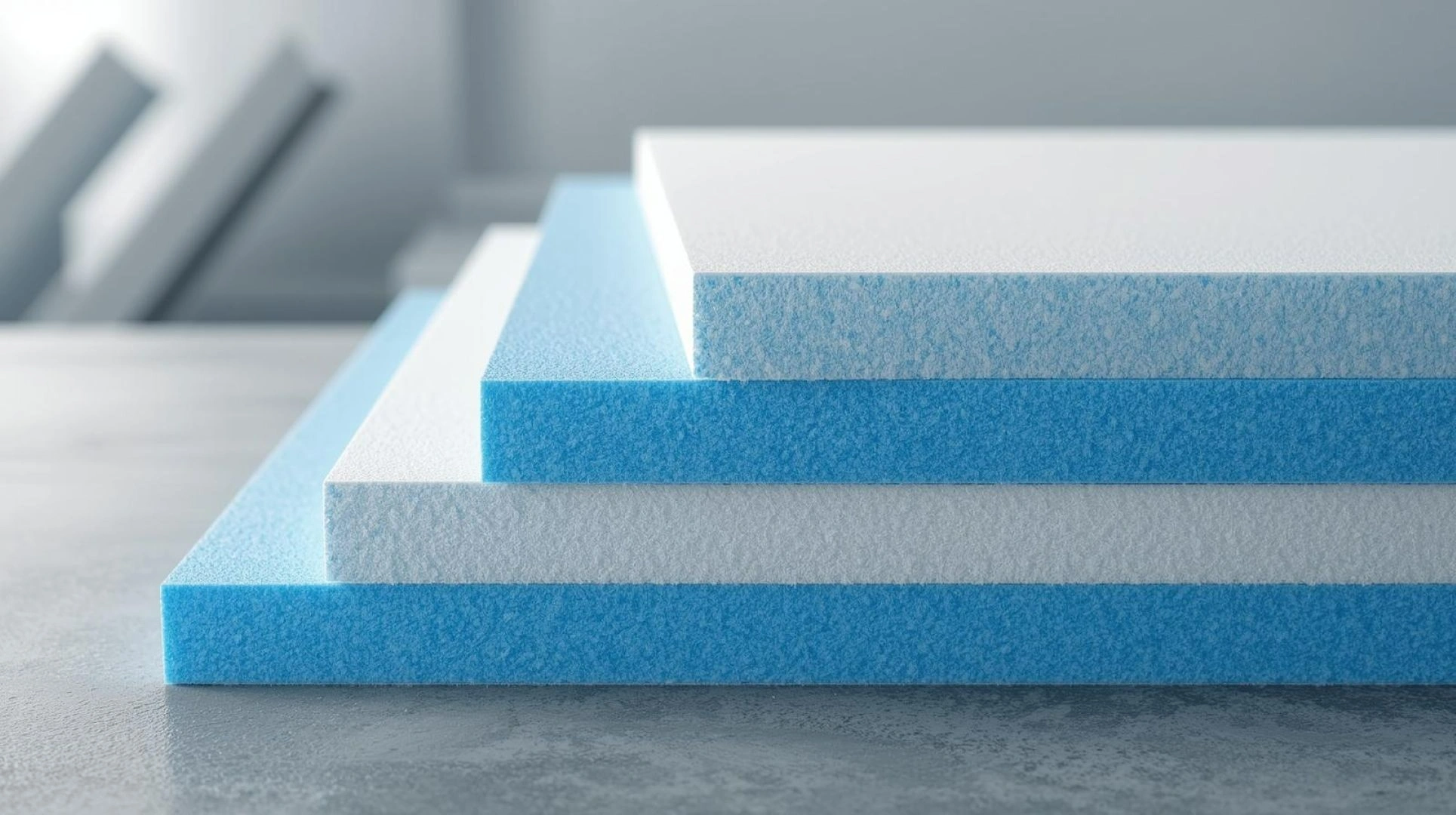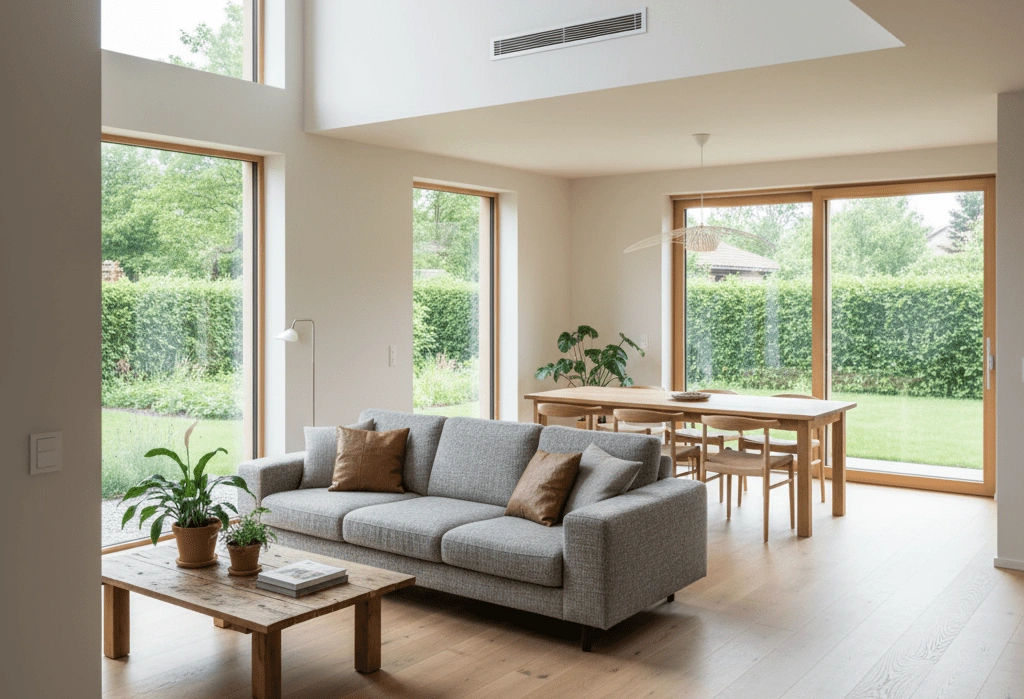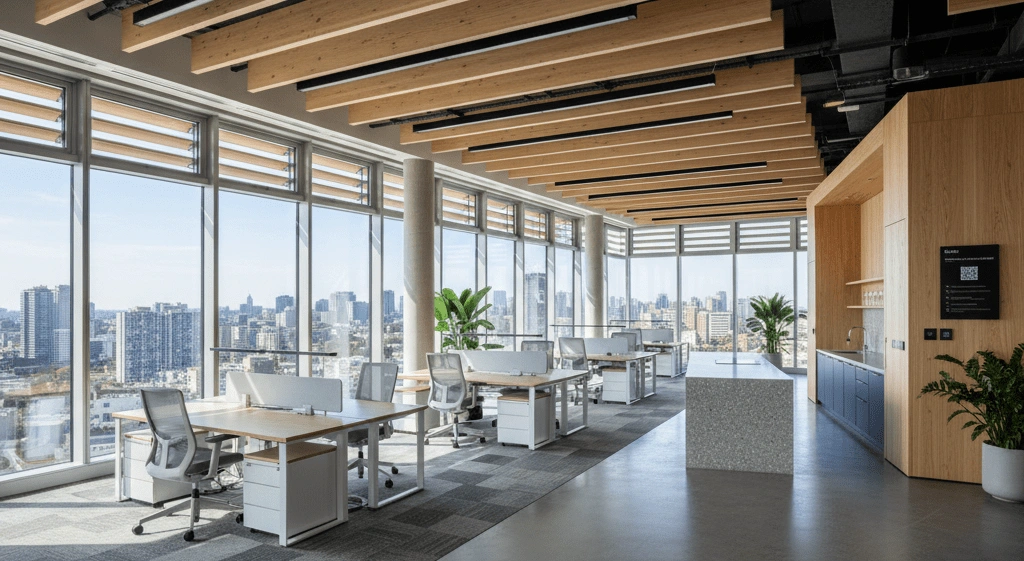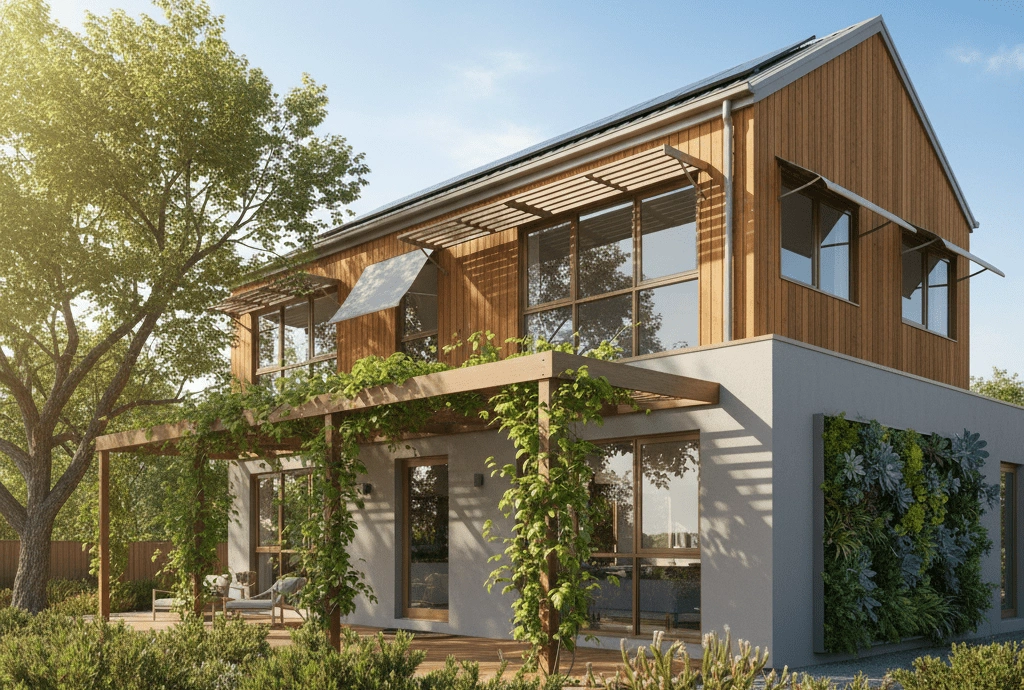Choosing the right ventilation system for a passive house in Australia
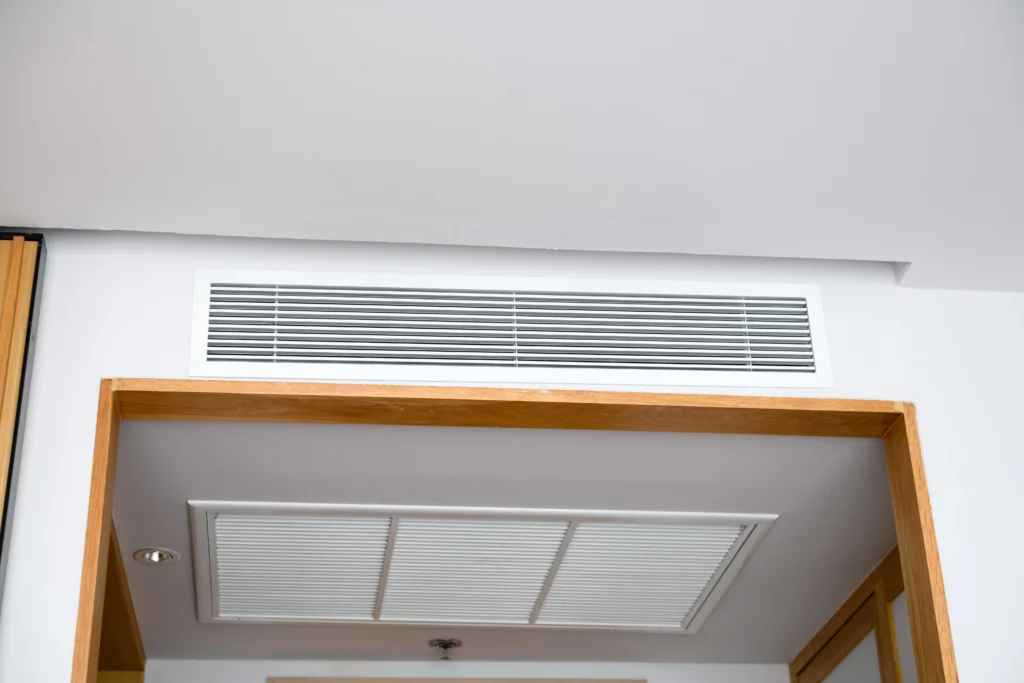

When it comes to building a passive house in Australia, a key decision you’ll need to make is how to ventilate the home. Unlike conventional homes, passive house designs rely on airtight construction to maintain indoor comfort and energy efficiency. That means you can’t just open a few windows and hope for the best – you need a ventilation system that works with your passive design house, not against it.
But with several options available, it’s important to choose the right one for your specific project and climate.
Why ventilation matters in passive house design
A key principle of passive home building is airtightness. By sealing up gaps and avoiding unwanted drafts, you reduce heat loss in winter and keep cool air inside during summer. This airtight envelope is essential to meet the energy efficiency standards of passive house certification.
But without natural leaks in the building fabric, indoor air needs to be managed in a different way. Everyday activities like cooking, showering and breathing produce moisture and pollutants that can build up if not removed. That’s where mechanical ventilation with heat recovery (MVHR) comes in. This system keeps the air fresh and helps control humidity levels.
A good system also recovers heat from the outgoing stale air and uses it to warm incoming fresh air, reducing the load on your heating system. This process, known as heat recovery, is especially important in winter in much of Australia, where indoor heating is required.
On the other hand, in a passive design house, the aim is to create an efficient building envelope that keeps warm air in during winter and out during summer. High-performance windows support this by:
- Minimising unwanted heat transfer
- Maximising solar gain in colder months
- Reducing the need for artificial heating and cooling
- Improving acoustic performance
- Supporting indoor air quality by reducing draughts
These factors are critical to meeting the Passive House standard – a globally recognised benchmark for energy-efficient building.
What to consider when choosing a system
When designing a passive house, your choice of ventilation system should match the specific climate, location and layout of your home. Here are a few things to keep in mind:
Climate
Australia’s diverse climates – from hot, humid tropics to cold temperate zones – will influence your system choice. In very hot climates, cooling recovery becomes as important as heat recovery.
Air quality
Bushfire smoke, pollen and urban pollution are real concerns in many parts of Australia. Your ventilation system can be a key tool in improving indoor air quality through effective filtration.
Noise
A noisy ventilation system can quickly become a nuisance. Look for systems designed for quiet operation.
Energy efficiency
While the system itself uses energy, the overall benefit should be a net energy saving for your home. Look for high efficiency ratings.
Space requirements
MVHR units can be bulky. Early planning in your passive house design is key to integrating the system seamlessly.
Installation and maintenance
Choose a system that’s easy to install and maintain. Some units come with smart controls, making it easier to monitor performance and replace filters when needed.
Types of MVHR systems for passive houses in Australia
There are two main types of MVHR systems: centralised and decentralised.
Centralised MVHR
This is the most common approach for a passive house. A single large unit is typically located in a room like your laundry or your ceiling space. Ductwork then runs throughout the house, distributing fresh air and collecting stale air.
- Pros: Centralised MVHR is highly efficient and often has superior filtration. It is generally quieter as the main unit is away from living spaces. It can be ideal for a comprehensive passive home building approach.
- Cons: Centralised MVHR in your passive house requires extensive ductwork, which needs careful planning during the passive building design phase. It can also be more complex to install.
Decentralised MVHR
These are smaller units designed to ventilate individual rooms or zones. They are often installed directly through an external wall.
- Pros: Decentralised MVHR can be easier to install, especially for renovations or smaller passive house designs. There is no extensive ductwork required.
- Cons: Decentralised MVHR is less efficient than centralised systems in recovering heat across the whole house. They can be noisier if multiple units are running, and the filtration options may be more limited. Depending on the size and scope, decentralised MVHR may not meet full passive house certification requirements for larger homes.
Working with your passive home builder
Your passive home builder or designer will usually help specify the right ventilation system as part of the overall passive building design. It’s important to work with someone experienced in passive house standards, as small mistakes can have a big impact on comfort and energy efficiency.
For example, duct placement and air distribution need to be carefully planned to avoid cold spots and ensure good airflow throughout the home. Likewise, the size of the system should be matched to the volume of indoor space.
Many passive house designs in Australia now include MVHR systems as standard, especially in certified builds. Even if you’re not aiming for full certification, including a quality ventilation system as part of your passive home building approach is still well worth it.
Final thoughts
As one of the key principles for passive house design, ventilation is vital. The right system helps you stay comfortable, breathe healthier air and maintain the energy performance that makes passive homes so attractive in the first place.
By thinking carefully about your local climate, building layout and performance needs, you can choose a system that supports your goals and makes your passive house design work even harder. Whether you’re in the early stages of designing a passive house or refining your plans, ventilation should be high on your list of priorities.

